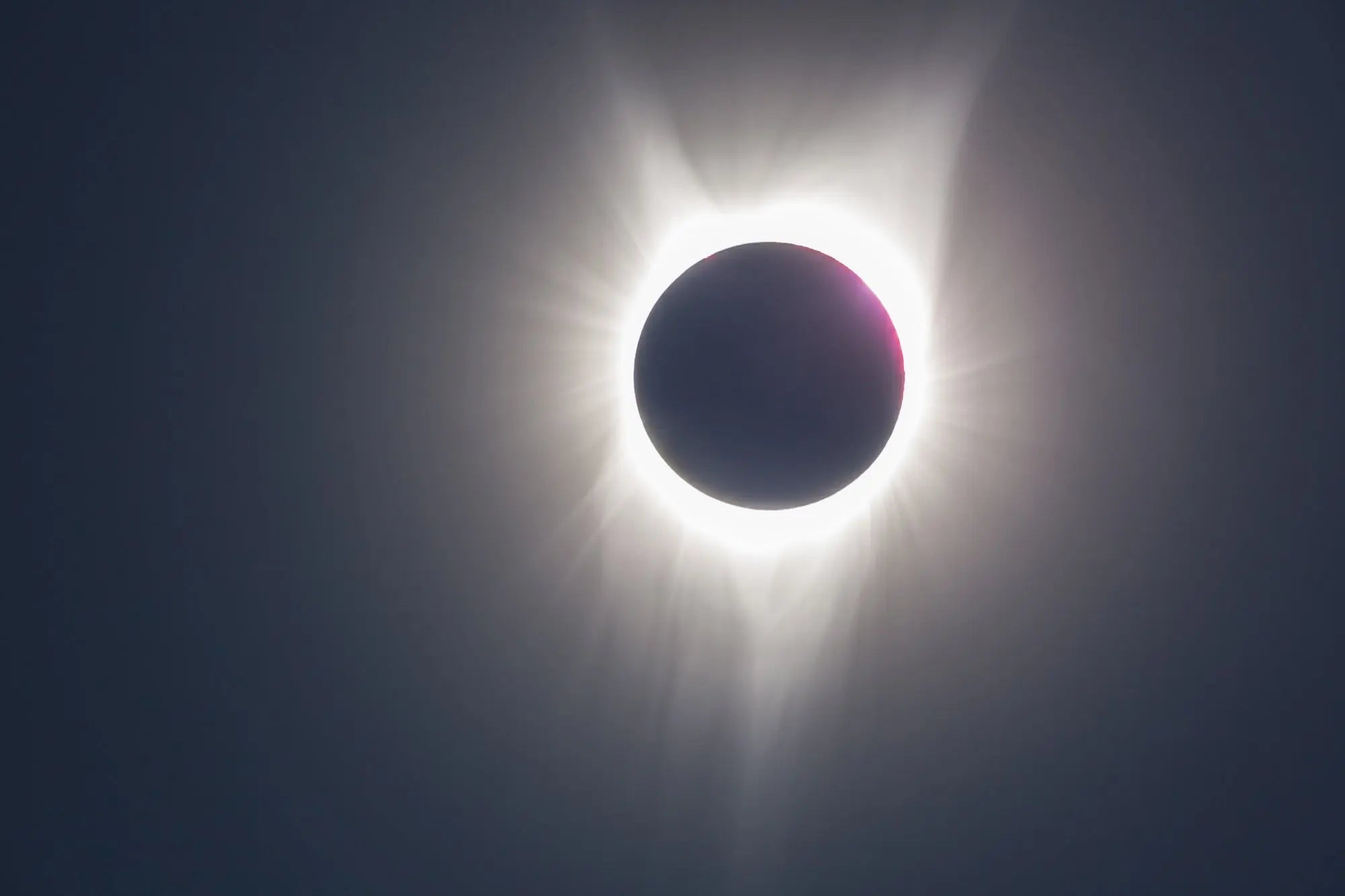How Often Do Eclipses Occur? A Comprehensive Guide
Eclipses have fascinated humanity for centuries, often inspiring awe, fear, and wonder. These celestial events occur when one celestial body moves into the shadow of another celestial body. The two main types of eclipses that most people are familiar with are solar and lunar eclipses. But how often do these events occur? Let's delve into the science and statistics behind the frequency of eclipses.
Types of Eclipses
Solar Eclipses
A solar eclipse occurs when the Moon passes between the Earth and the Sun, blocking out the Sun's light either partially or completely. There are three main types of solar eclipses:
1. Total Solar Eclipse: The Sun is completely covered by the Moon.
2. Partial Solar Eclipse: Only a portion of the Sun is obscured.
3. Annular Solar Eclipse: The Moon covers the Sun's center, leaving a ring-like appearance.
Lunar Eclipses
A lunar eclipse occurs when the Earth comes between the Sun and the Moon, and the Earth's shadow falls on the Moon. There are also three main types of lunar eclipses:
1. Total Lunar Eclipse: The Moon is completely covered by Earth's shadow.
2. Partial Lunar Eclipse: Only a portion of the Moon enters Earth's shadow.
3. Penumbral Lunar Eclipse: The Moon passes through the Earth's penumbral shadow, resulting in a subtle shading.
Frequency of Eclipses
Solar Eclipses
Solar eclipses are relatively rare events. On average, a total solar eclipse occurs about once every 18 months somewhere on Earth. Partial and annular solar eclipses are more frequent but still uncommon.
Lunar Eclipses
Lunar eclipses are more common than solar eclipses. On average, lunar eclipses occur about twice a year. However, total lunar eclipses are less frequent, occurring once every two to three years.
Saros Cycle
The Saros cycle is an eclipse cycle of approximately 18 years, 11 days, and 8 hours that can be used to predict both solar and lunar eclipses. Eclipses separated by a Saros cycle share the same geometry.
Geographic Distribution
Eclipses don't occur uniformly across the Earth's surface. Solar eclipses, for example, can only be seen from a narrow path on Earth's surface, while lunar eclipses are visible from anywhere on the nighttime side of Earth.
Upcoming Eclipses
To catch the next eclipse, you can consult various astronomical calendars and websites that provide detailed information on the dates, types, and visibility locations for upcoming eclipses.
Conclusion
While eclipses may seem rare, especially if you're waiting for one to occur in your specific location, they are a relatively frequent celestial event on a global scale. With a little planning and perhaps some travel, witnessing an eclipse is an experience within reach.
Understanding the types and frequency of eclipses not only satisfies our curiosity but also offers insights into the celestial mechanics that govern our universe. So the next time you find yourself under the darkened sky of an eclipse, you'll appreciate the cosmic dance that made it possible.

